Some kitchen advice just won’t go away, no matter how many times it’s proven wrong. These “rules” get passed around like family heirlooms — someone’s grandmother swore by them, a TV chef repeated them, and suddenly they’re treated like gospel. The funny part is, plenty of these myths sound logical. They feel like common sense, and sometimes they even line up with what we wish were true. But when science and actual cooking tests come into play, most don’t hold water — literally, in the case of pasta.
The persistence of these myths says a lot about how people cook. Some started with early food science experiments that were misinterpreted. Others spread because they gave home cooks a sense of control over tricky foods. And a few simply stuck around because they were repeated often enough. The truth is that clinging to these ideas won’t ruin your dinner, but letting them go will probably make cooking easier and the food taste better. Here’s a closer look at the most stubborn kitchen myths and why it’s finally time to retire them.

Searing meat locks in juices

For more than a century, cooks have been told to sear meat first if they want it to stay juicy. The myth began in the 1800s when a German chemist suggested that high heat sealed the surface of the meat, trapping the moisture inside. It sounded logical, so cookbooks and cooking shows passed it along, until the idea became ingrained in kitchens everywhere. The problem is, it simply doesn’t work that way.
Searing does not create a protective shell. In reality, meat loses liquid no matter how it’s cooked, and searing often forces out moisture rather than locking it in. What searing does achieve is flavor — the browned crust that forms is the result of the Maillard reaction, which gives depth and complexity to dishes. That’s why pan sauces taste so rich after deglazing, and why stews gain so much character from the browned bits at the bottom of the pot. If you want tender, juicy meat, resting it after cooking is what makes the real difference, since that allows the juices to settle back into the fibers instead of spilling out once you cut it.
That doesn’t mean searing is pointless. On the contrary, it’s the foundation of many great dinners. A recipe like Philly cheesesteak casserole starts with browning the beef and peppers before layering everything into the casserole dish. That first step builds the savory base that carries through the whole dish. So while searing doesn’t seal in juices, it does something arguably more important: it lays down the flavor that makes every bite worth it.
You should rinse pasta before saucing it
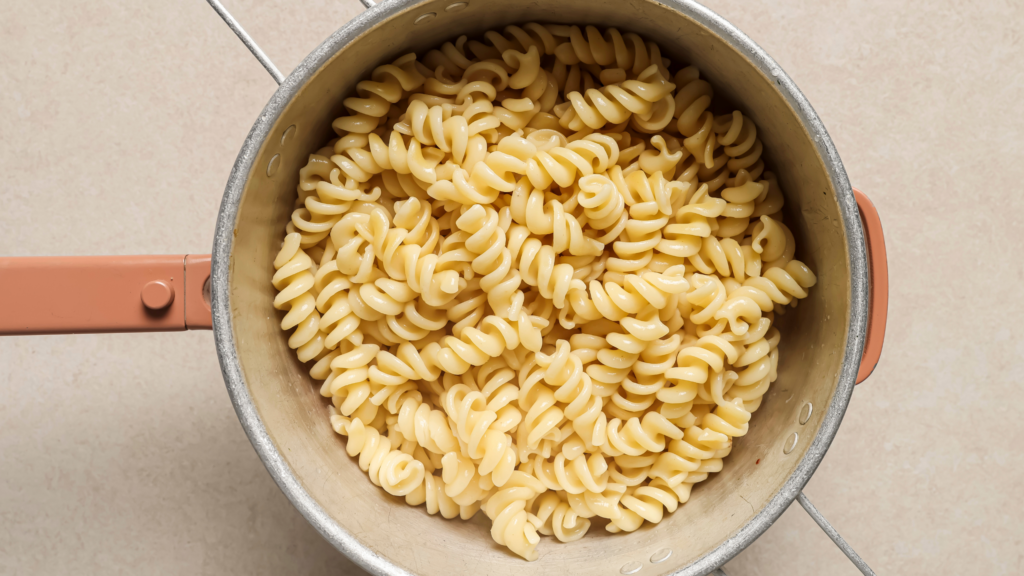
Plenty of home kitchens still follow the routine of rinsing pasta after draining. The reasoning is straightforward: rinsing gets rid of starch, which supposedly prevents clumping. While that’s true on a technical level, it’s also exactly why rinsing does more harm than good. The starch coating is what helps sauce stick, and washing it away leaves you with noodles that sauce slides right off.
This myth probably lasted because it does make sense for certain dishes, like pasta salads where you want the noodles cool and separate. But for hot dinners, rinsing ruins the chance to get that glossy, cohesive finish you see in restaurant plates. Italian cooking has always leaned on the starch in pasta water to bring a sauce together. Adding a little of that cooking water to the pan emulsifies the sauce, making it creamy and clingy without needing anything extra. Skip the rinse and keep the water, and suddenly the noodles and sauce feel like they belong together instead of sitting awkwardly on the same plate.
For cold dishes though, rinsing actually earns its keep. A recipe like chicken Caesar pasta salad benefits from chilled noodles that don’t stick together, since the goal is a refreshing salad base rather than hot, saucy pasta. That’s the rare case where rinsing isn’t just acceptable, it’s helpful. For nearly everything else, though, the “rinse first” habit is one that deserves retirement.
Cooking pasta in a bigger pot makes it taste better
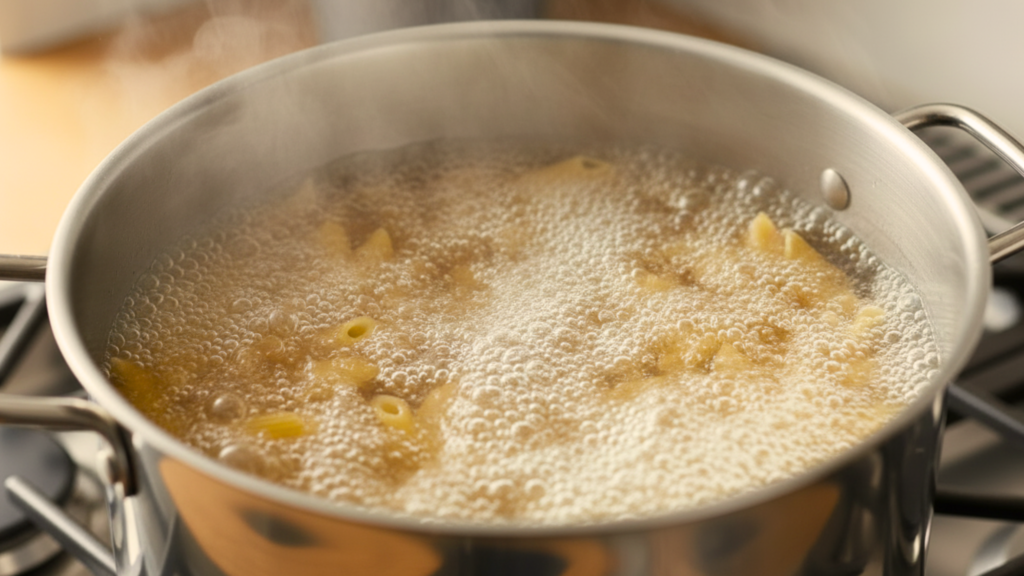
Still on the pasta train, here’s another one that refuses to die. Many home cooks insist on using a huge pot with plenty of water for pasta, believing that it’s the only way to get the noodles to cook evenly and taste right. The idea is that more water dilutes the starch, prevents sticking, and somehow makes the pasta taste cleaner. It’s one of those rules that gets repeated so often it feels like law.
The truth is, pasta doesn’t need an ocean of water. Tests have shown that pasta cooks just fine in smaller amounts, as long as you give it a stir during the first minute or two to keep the noodles from clumping. Using less water actually means you end up with starchier cooking liquid, which is exactly what you want for finishing sauces. That concentrated starch turns watery tomato or cream sauces into something silky that clings to every strand. The oversized pot tradition probably stuck around because restaurants use them for batch cooking, and home cooks assumed it was necessary, too.
At home, the smaller pot method works especially well for one-pot meals. A recipe like one-pot lemon ricotta pasta from Urban Farmie shows how starch-rich water pulls everything together, turning a handful of ingredients into a creamy, cohesive dish. So while you can still use a big pot if that’s your habit, it isn’t required. The pasta police won’t come for you, and your sauce may actually thank you for cutting back.
You always have to boil pasta before baking it
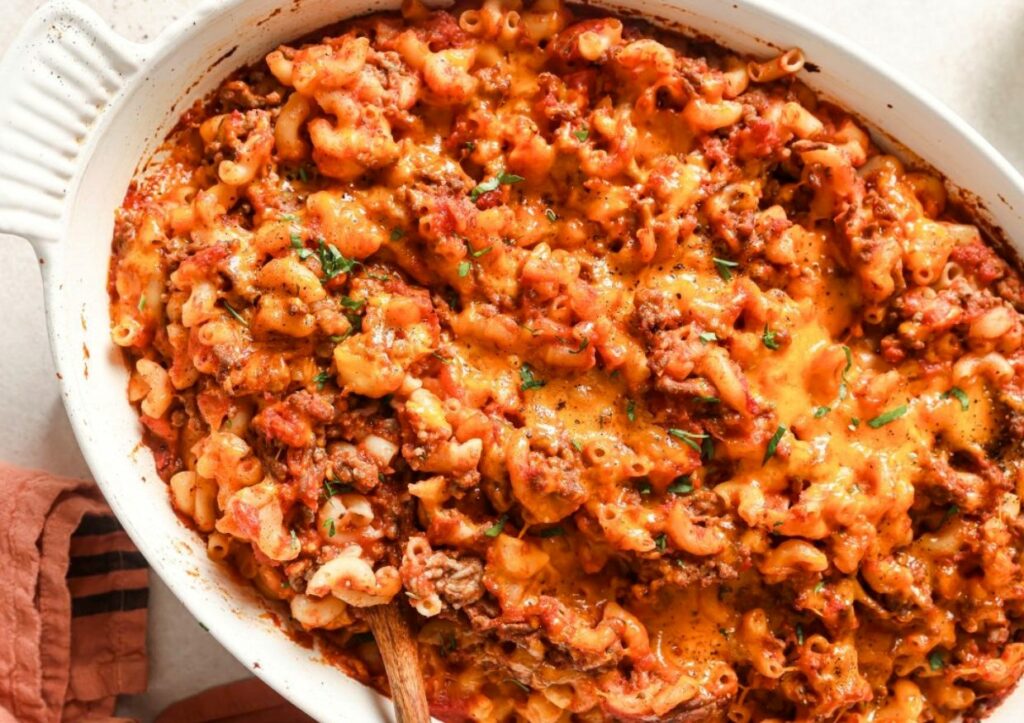
Forgive us, but this is another pasta myth — one more before we move on. For decades, recipes have insisted that pasta must be boiled first before going into a casserole or baked dish. The assumption is that the oven just can’t soften noodles properly, so boiling became a default step. It feels safer, and for years it’s been repeated without question, even though it adds time and another dirty pot.
The truth is, pasta can cook directly in the oven if there’s enough liquid in the dish. When uncooked noodles are submerged in sauce and water, they absorb the moisture and soften as everything bakes. This not only works, it often results in better flavor because the pasta cooks in sauce instead of plain salted water. The myth stuck around partly because early casseroles leaned on par-cooking to guarantee soft noodles, but plenty of modern recipes prove it’s unnecessary.
A dish like Johnny Marzetti casserole shows exactly how it works. The macaroni goes in uncooked, mixed with beef, sauce, tomatoes, cheese, and just enough hot water. In the oven, it absorbs the liquid while baking, turning tender by the time the top is bubbling and golden. Instead of creating extra dishes, the pasta cooks where it belongs, becoming infused with flavor along the way.
That doesn’t mean all baked pastas work without boiling first — thicker noodles or very dry sauces may need help. But the blanket rule that pasta must always be pre-boiled is outdated. With enough liquid and the right baking time, the oven does all the work, proving this “rule” is more myth than fact.
MSG is bad for you

MSG, or monosodium glutamate, has carried a bad reputation for decades, largely thanks to a misunderstanding that took root in the late 1960s. A single letter to a medical journal linked MSG with vague symptoms like headaches and flushing, and the idea took off. By the 1970s, “No MSG” signs appeared in restaurant windows, and the ingredient became shorthand for something artificial or unsafe. Despite the lack of strong evidence, the stigma stuck around far longer than it should have.
In truth, MSG is simply the sodium salt of glutamic acid, a compound that occurs naturally in foods like tomatoes, mushrooms, and Parmesan cheese. People have been consuming it in one form or another for centuries without issue. The ingredient is valued for its ability to boost umami, the savory taste that makes a dish feel rounded and satisfying. What kept the myth alive was more cultural baggage than scientific fact.
These days, MSG is finding its way back into kitchens. Many chefs and home cooks recognize it as an easy way to add depth, and plenty of packaged foods use it without anyone blinking an eye. Unless you’re part of the very small group that is sensitive to it, MSG is no more dangerous than salt and letting go of the myth opens up a lot more flavor in everyday cooking.
You should always cook chicken until it’s dry to be safe
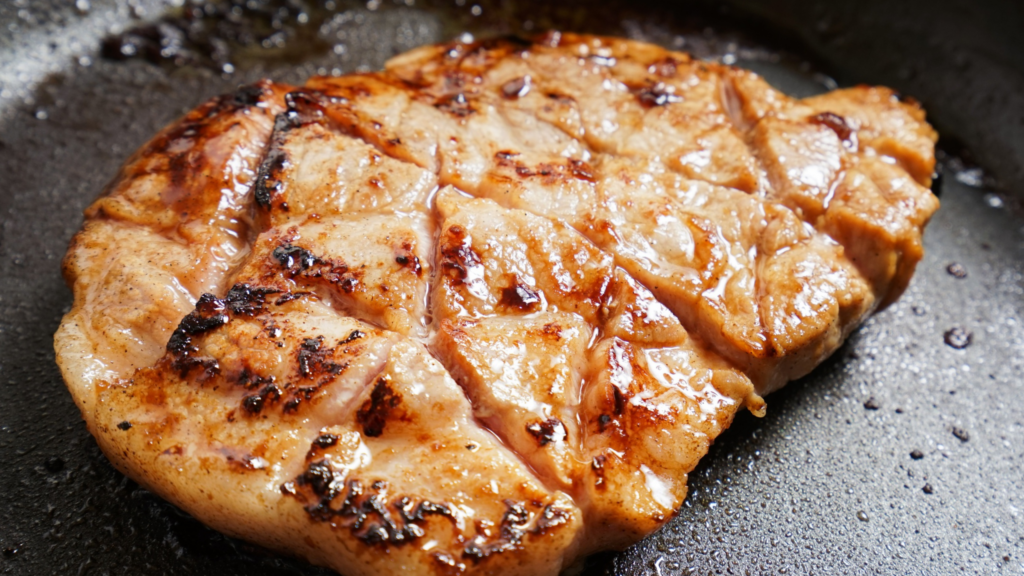
Chicken has long been treated like the fragile cousin of the meat world. Many people were taught that unless it’s practically falling apart, it’s unsafe to eat. That advice grew out of real concerns — undercooked poultry can carry salmonella or campylobacter — but the guidance was oversimplified into “better dry than sorry.” The result? A lot of sad, stringy chicken dinners.
Food safety isn’t about overcooking; it’s about temperature. Chicken is safe to eat when the thickest part reaches 165°F, not when it has been cooked to the point of chewiness. In fact, chicken breast and thighs hold onto more moisture if you pull them off the heat a few degrees early and let carryover cooking finish the job. The dry-chicken habit probably hung on because early thermometers weren’t as common in home kitchens, so people relied on guesswork.
Moist, flavorful chicken is possible without risk. Recipes like creamy spinach chicken bake highlight how cooking at the right temperature and adding a creamy sauce make the meat tender and juicy without being unsafe. With a simple digital thermometer, there’s no reason to keep punishing chicken — or yourself — with dryness.
You need to soak beans overnight, or they won’t cook
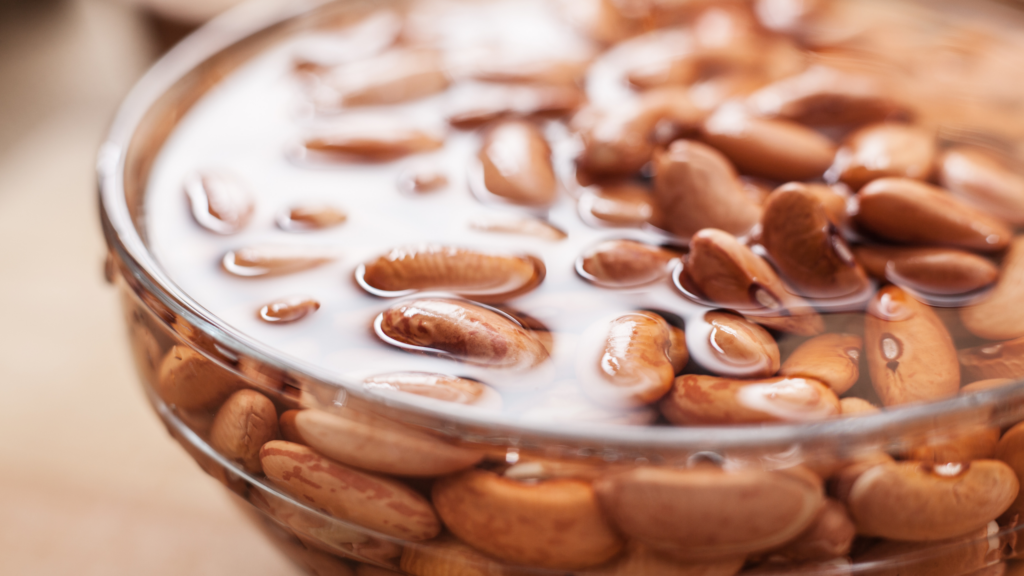
Soaking beans overnight has been kitchen gospel for generations. The idea is simple: dried beans are too tough to cook otherwise, so a long soak is essential to soften them. Cookbooks, TV shows, and family advice passed the habit down as if skipping it would doom dinner to failure. It made sense in earlier times when cooking fuel was precious and a shorter simmer saved money and time. But in modern kitchens, the “mandatory soak” is more myth than rule.
The reality is that beans don’t need to be soaked to cook through. They will soften on their own given enough time; soaking just shortens the process. Some chefs even argue that unsoaked beans taste better because they hold onto more of their starch, creating a richer broth during cooking. With today’s slow cookers and Instant Pots, the overnight soak is more about convenience than necessity. If you forget to soak, you can still make beans work — they’ll just take longer to reach tenderness.
Another wrinkle is how often canned beans are used in everyday recipes. Canned beans are already cooked, so the soaking debate doesn’t apply at all. They’re ready to go straight into soups, stews, and salads, which is why they’re such a pantry staple. A dish like white bean soup is a perfect example. It uses canned beans, which means the only prep is opening the can and rinsing. The focus shifts to seasoning and simmering, not worrying about whether the beans had a bath the night before.
That’s not to say soaking is useless. If you’re cooking a large pot of dried beans and want to cut down stove time, soaking helps. It also makes them cook more evenly, especially if the beans are older. But treating it as mandatory is outdated advice. Today’s cooks have more options, and whether you soak, skip it, or go the canned route, you’ll end up with tender beans all the same. The idea that beans simply won’t cook without soaking is one of those outdated kitchen rules that’s long overdue for retirement.
Cooking with wine burns off all the alcohol
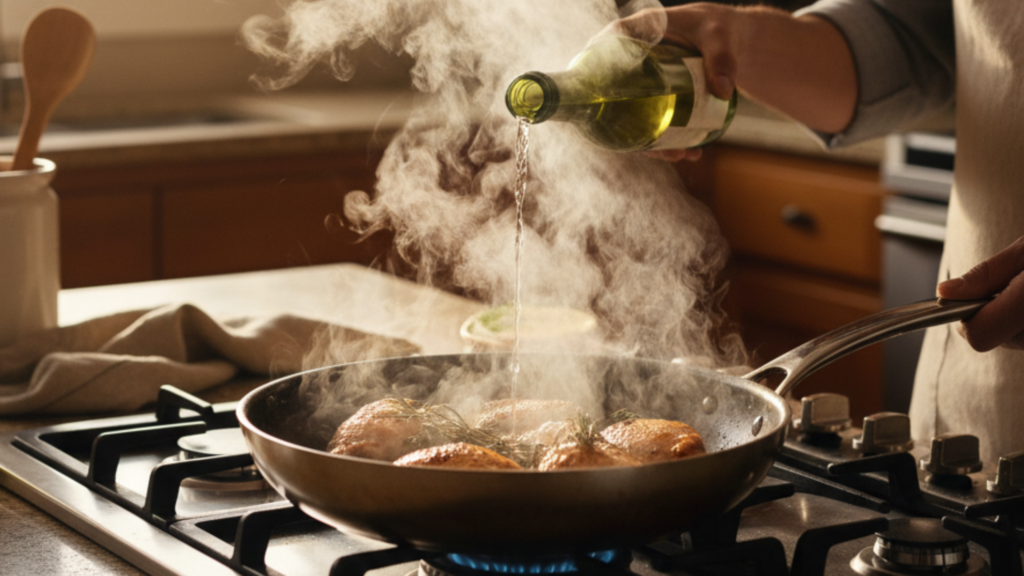
Many recipes casually suggest adding a splash of wine to a pan, with the assurance that the alcohol “burns off” during cooking. For decades, home cooks have believed this meant all traces disappear as soon as the wine hits heat, leaving only flavor behind. It’s comforting to think that wine magically becomes harmless grape juice the moment it simmers, but the science doesn’t back that up.
Alcohol doesn’t vanish instantly. How much remains depends on cooking time, temperature, and method. Flambéing, for example, burns off only a fraction because the fire dies out before most of the alcohol evaporates. Even simmering a stew for 30 minutes can leave a noticeable percentage behind. Studies show that dishes cooked for two hours may still retain a small amount of alcohol. While it’s rarely enough to cause any effect, it’s not the clean slate people assume. The myth stuck because it was simpler to say “it all cooks off” than to explain the variables.
What does cook off quickly are the harsher notes, leaving behind flavor compounds that deepen a dish. That’s why wine-based sauces taste balanced rather than boozy. A recipe like creamy Tuscan chicken uses white wine as part of the pan sauce, simmering it with garlic, cream, and spinach. The wine softens as it reduces, adding acidity and depth, but traces of alcohol may still remain. If avoiding it entirely is important, swapping in chicken broth and lemon juice achieves a similar effect without relying on wine.
Microwaves destroy nutrients in food
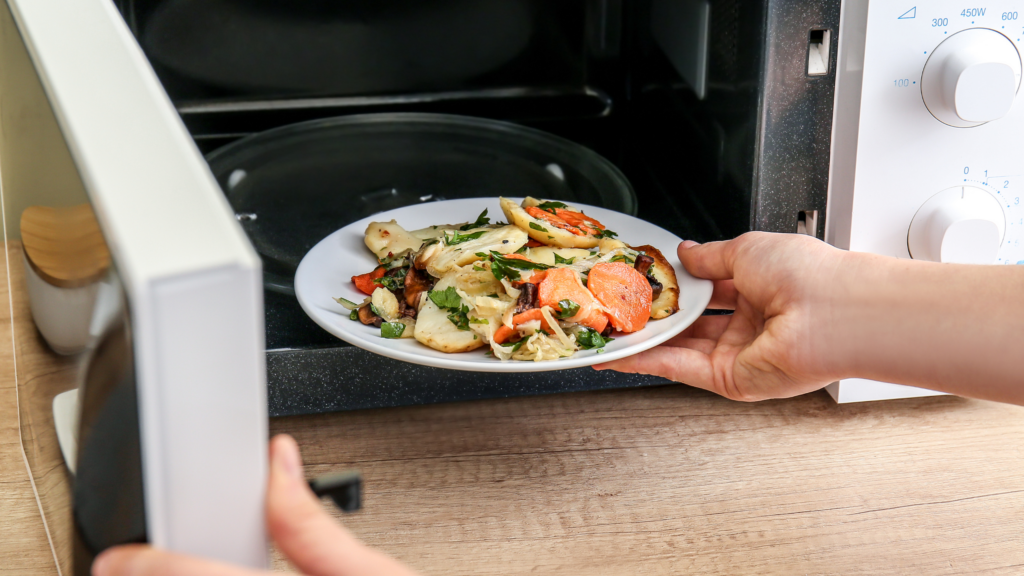
Microwaves have carried a bad reputation for decades. When they first became common in the 1970s, people were wary of the technology, mixing fears about radiation with assumptions that anything cooked so quickly must come at a cost. Over time, this turned into the persistent myth that microwaving food destroys nutrients, especially in vegetables. It’s a belief that lingers today, even though it’s more fiction than fact.
The truth is that microwaves don’t inherently destroy nutrients any more than stovetops or ovens do. Nutrient loss happens when food is exposed to heat, water, and time — the longer and hotter the cooking process, the more vitamins break down. Because microwaves cook food faster and with little to no added water, they often preserve nutrients better than boiling. For example, studies show that vitamin C levels in broccoli and spinach remain higher when microwaved compared to stovetop methods. The myth stuck because it was easier to blame the microwave than to understand the science behind nutrient loss.
Far from being the enemy of healthy cooking, microwaves are one of the gentlest tools in the kitchen. They’re particularly useful for pre-cooking vegetables before folding them into larger dishes. A recipe like loaded cheesy broccoli cauliflower casserole takes advantage of this, steaming frozen broccoli and cauliflower florets in the microwave before layering them with cheese and baking. The quick microwave step keeps the vegetables tender while avoiding the extra water and nutrient loss that comes with boiling.
Rather than draining nutrition, the microwave often helps retain it. Think of it as a shortcut that works in your favor: less water, less time, and fewer nutrients lost. The myth that microwaves strip food of their health benefits doesn’t stand up to science — if anything, they may be the unsung heroes of keeping weeknight dinners a little healthier.
All frozen vegetables are less nutritious than fresh
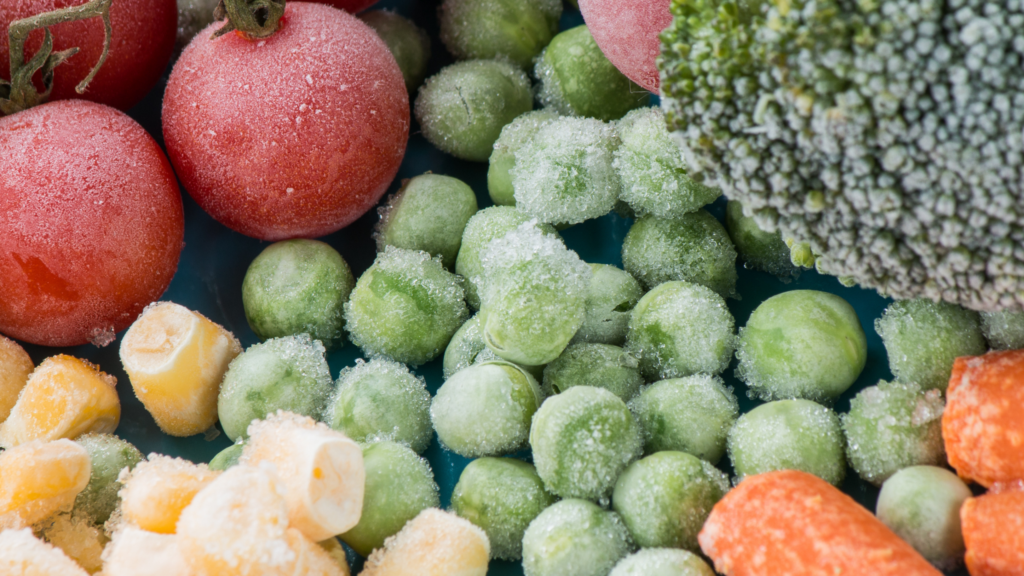
Since we’re already busting the microwave myth, let’s stay on the vegetable train with another stubborn one. Many people assume frozen vegetables are the sad, second-best option — less flavorful, less nutritious, and only worth using in emergencies. The freezer aisle has long been seen as the compromise compared to the “real thing” in the produce section. It’s an easy assumption to make: fresh just sounds healthier, while frozen feels like a shortcut.
The reality is that frozen vegetables often hold onto nutrients as well as, if not better than, their fresh counterparts. Freezing happens almost immediately after harvest, locking in vitamins that fresh produce can lose during days of transport and storage. By the time a bag of broccoli or peas reaches your kitchen, it may actually be more nutrient-rich than the “fresh” bunch that spent a week in transit and another week in the fridge drawer. Freezing doesn’t magically destroy vitamins — in fact, it can help preserve them. The myth has lingered mostly because frozen food once carried a reputation for being bland or mushy, back when processing methods weren’t as advanced.
Flavor-wise, frozen vegetables have also come a long way. Because they’re picked at peak ripeness and flash-frozen, the taste is often brighter than produce that’s been sitting in a truck. They’re also far less wasteful — no rush to cook them before they spoil, no throwing out limp greens at the end of the week. For weeknight cooking, frozen veggies are often the smarter choice.
Plenty of recipes highlight how frozen vegetables fit seamlessly into home cooking. A dish like chicken pot pie soup uses frozen corn and peas as the final step, stirred in for a quick simmer. The vegetables retain their color, flavor, and nutrients, all without the prep work of shelling peas or cutting kernels off the cob. That convenience doesn’t come at the cost of nutrition — it’s simply a different way of getting food to the table.
The idea that frozen vegetables are a downgrade is more habit than truth. Once you know how they’re harvested and stored, it’s clear they can be every bit as good — and sometimes even better — than what you find in the fresh bins.
Adding salt early on makes food too salty

We’ve made it to the last myth on the list, and it’s one that lingers in almost every kitchen. Many people avoid seasoning until the last minute because they’ve heard that adding salt early on makes food taste overly salty. The logic is that salt has more time to build up as the dish cooks, so it’s safer to wait until the end. While that sounds cautious, it skips over how salt actually works during cooking.
Adding small amounts throughout the process doesn’t make food saltier — it makes it more balanced. A pinch early on helps vegetables release moisture, pulls flavor into sauces, and allows proteins to hold onto their natural juices. It also seasons the food from the inside out, instead of leaving a harsh layer of salt sitting on the surface. The myth lingered because waiting until the end feels like a safety net, but in practice, it often leads to meals that taste flat or uneven.
Think about recipes where ingredients transform as they cook together. In cabbage and sausage, adding a bit of salt early with the spices helps the cabbage soften and blend with the sausage drippings into a built-in sauce. If you dumped it all in at the end, the flavors wouldn’t meld the same way — you’d get sharper, less cohesive bites. Early seasoning sets the stage, while a final sprinkle at the end fine-tunes.
The real risk isn’t adding salt early on, it’s adding too much at once. Sprinkling lightly as you go gives more control and often means using less overall. The old advice to wait until the very end might feel safe, but it doesn’t deliver the depth and balance that seasoning in stages does.
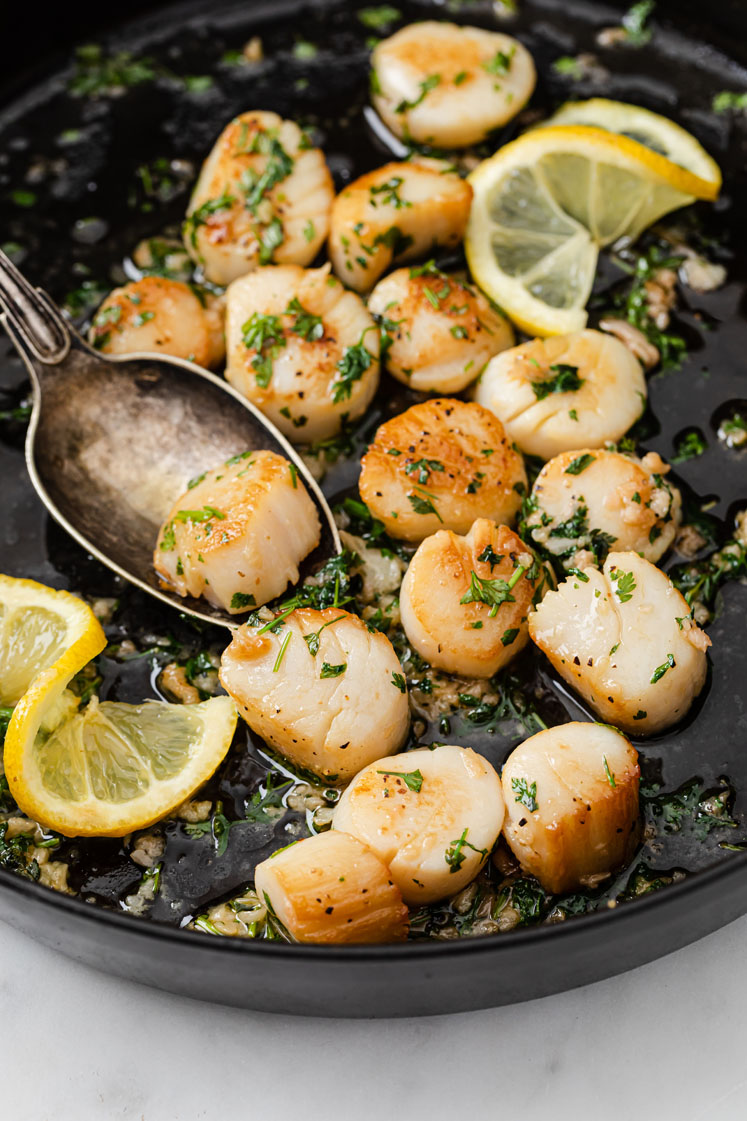


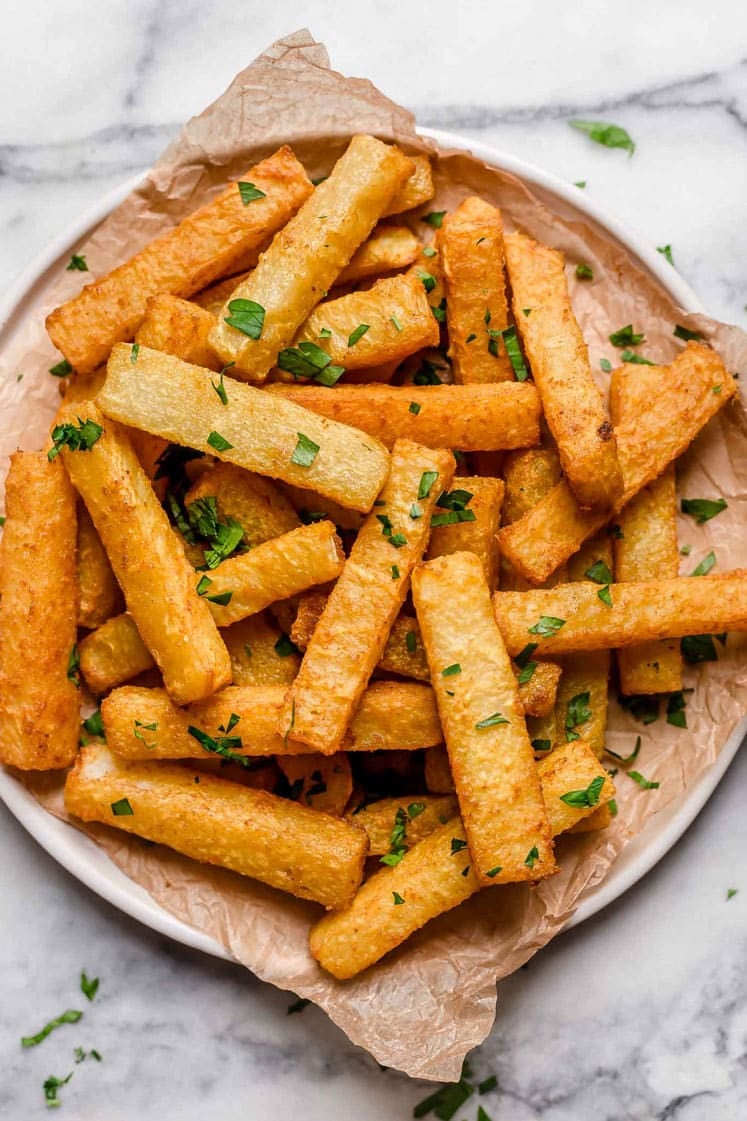
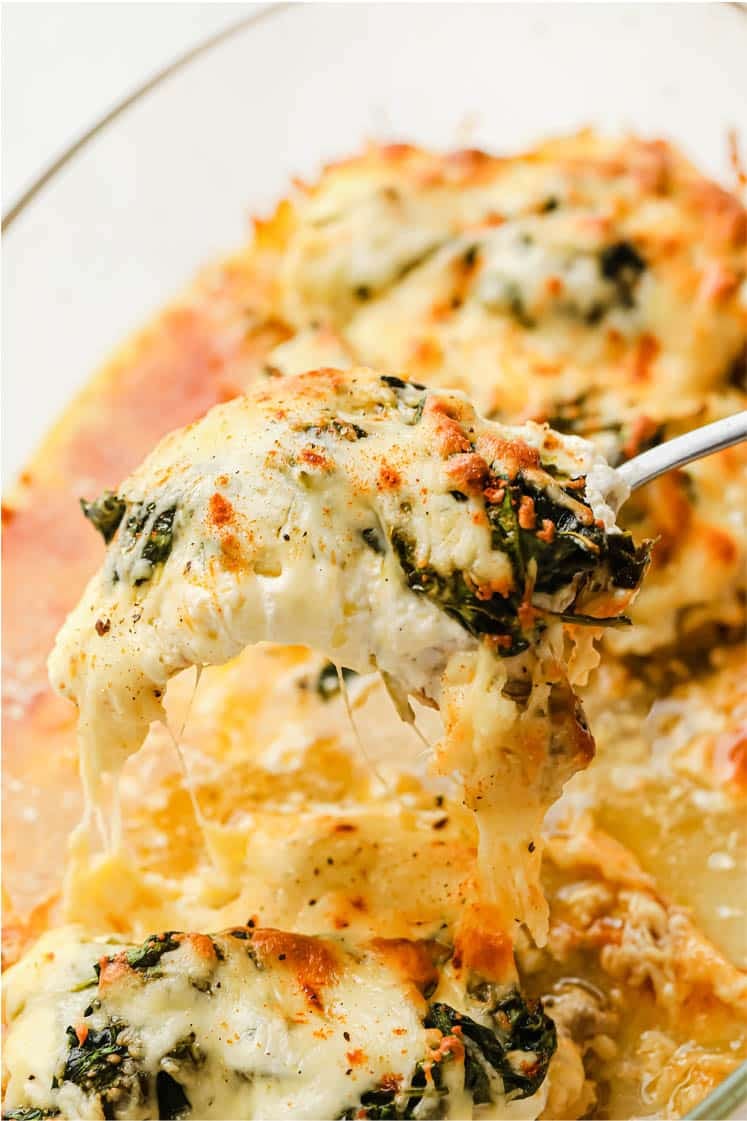

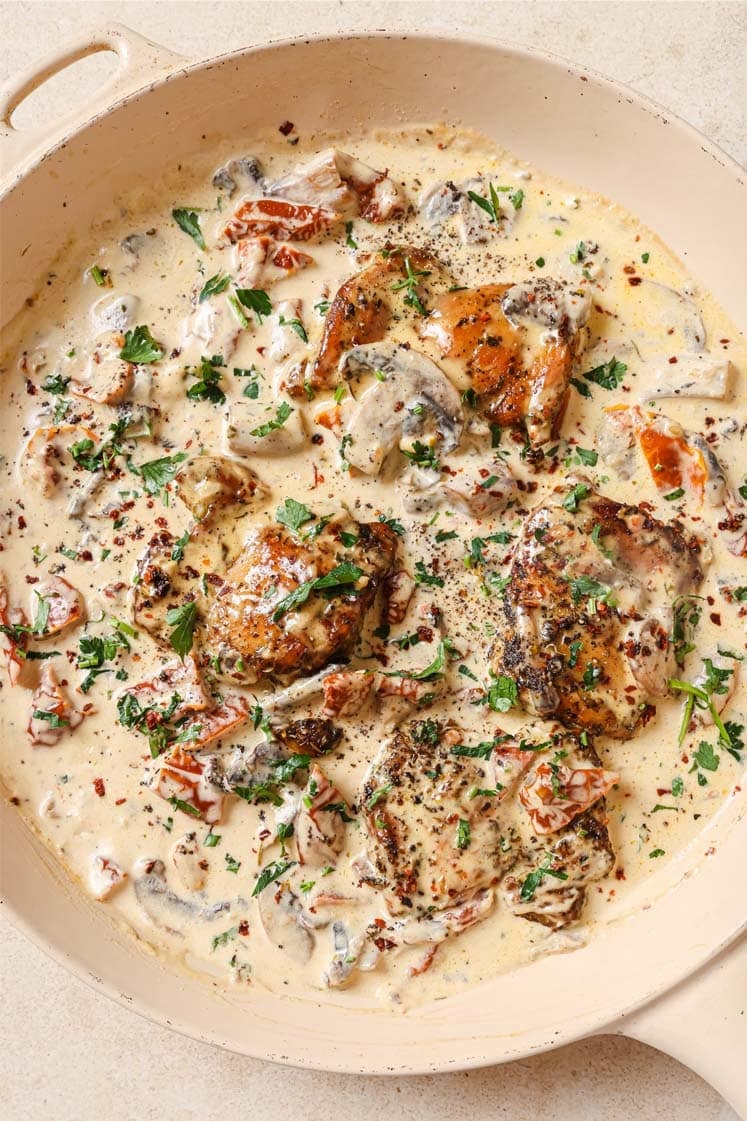
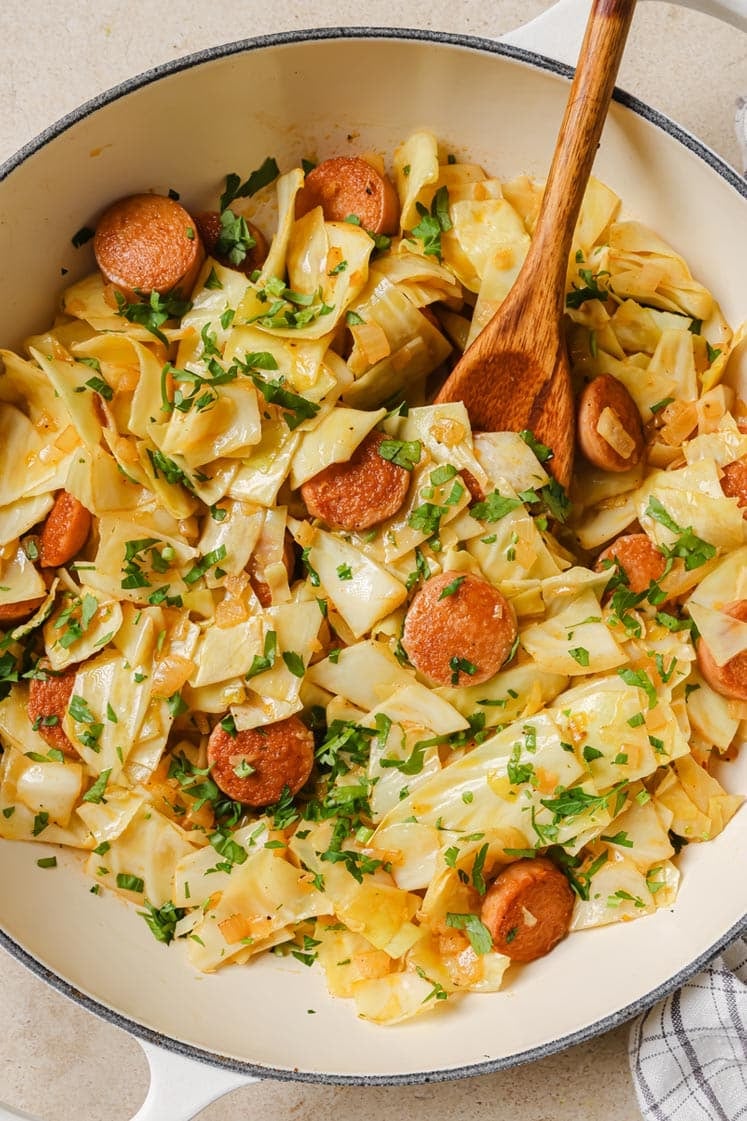
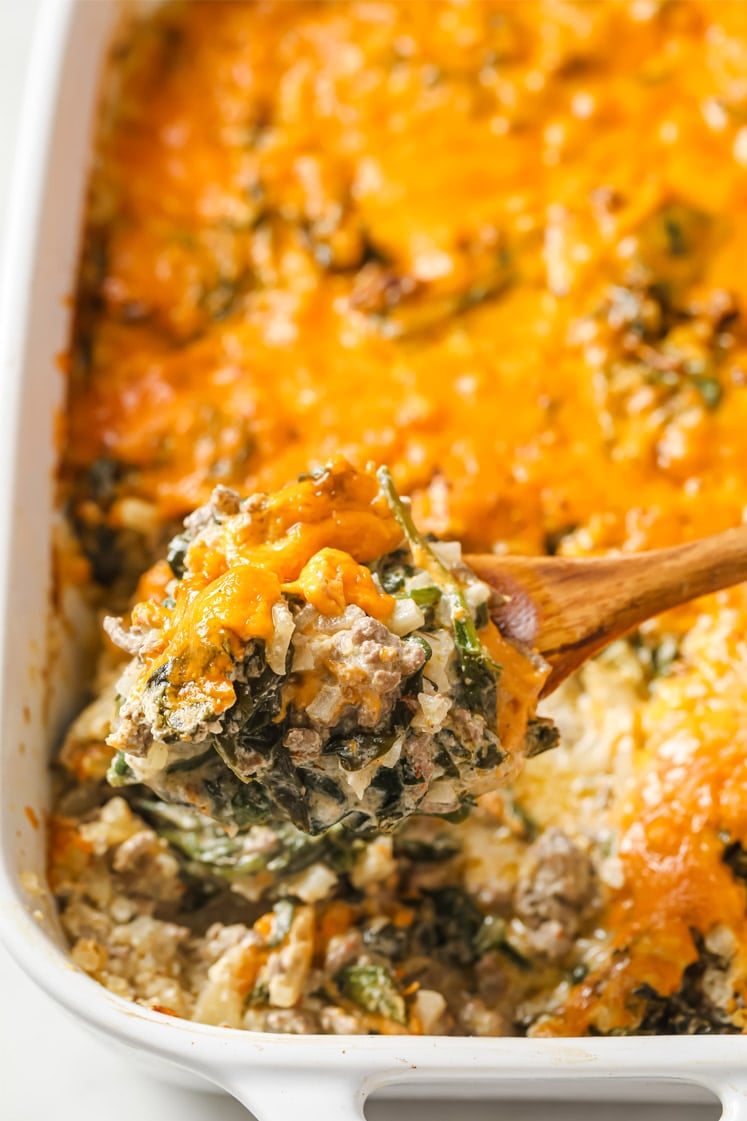
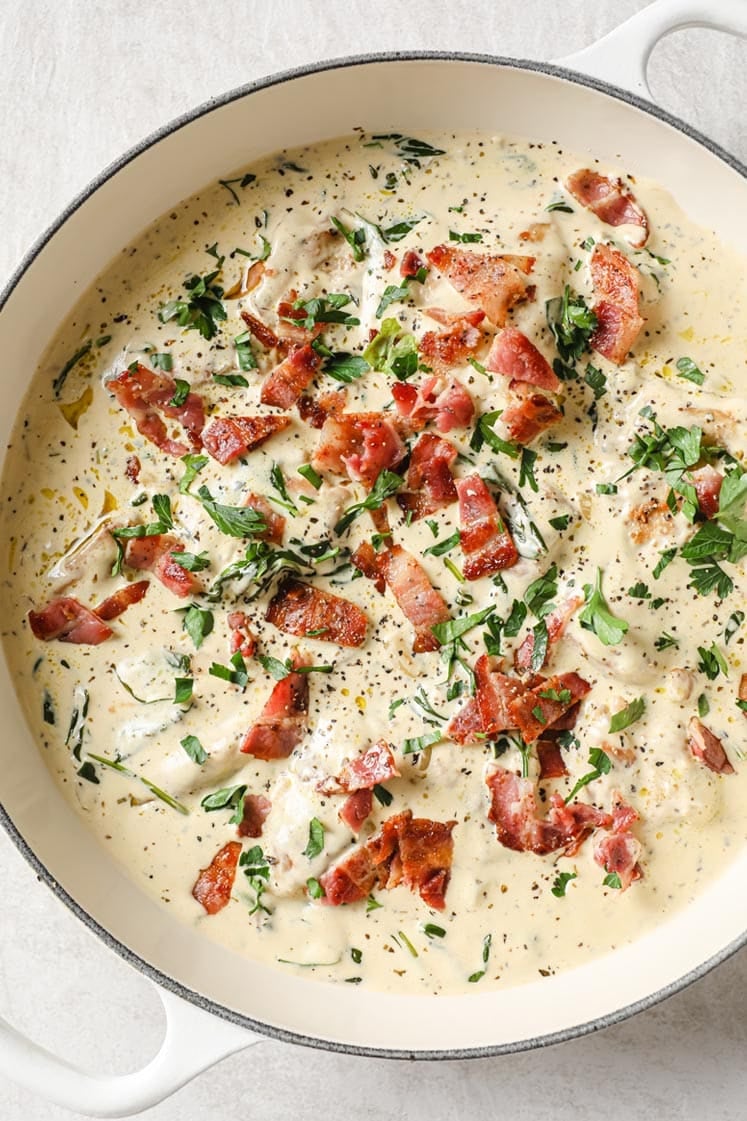

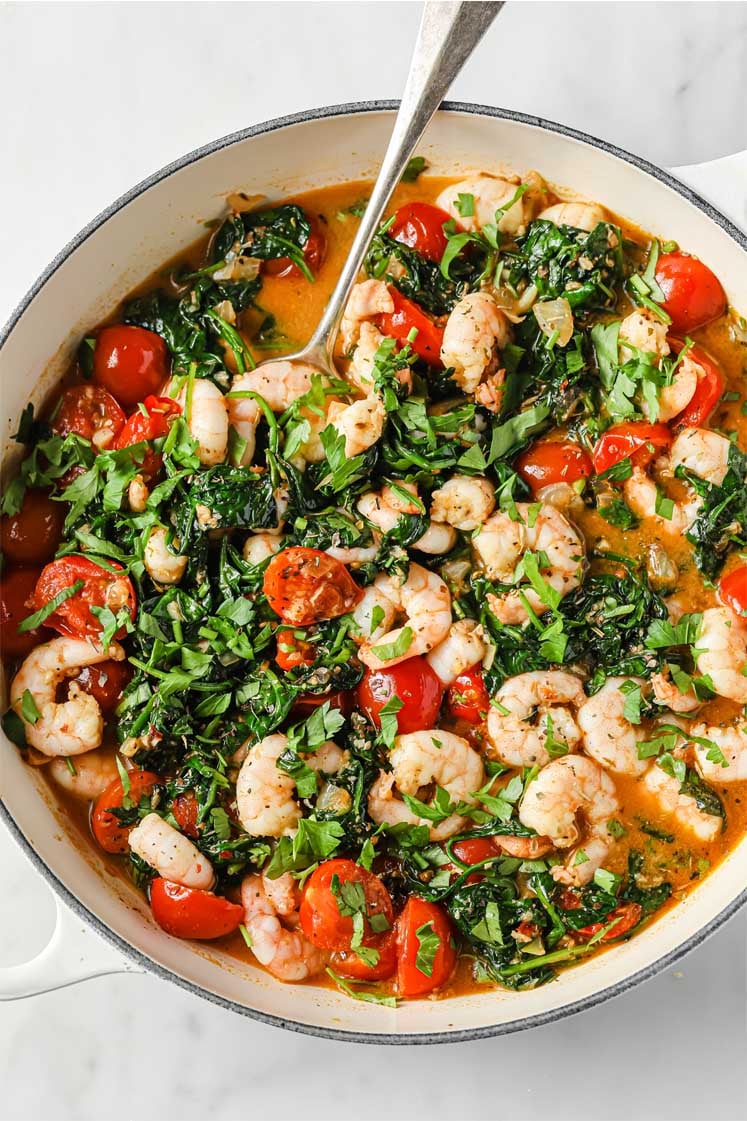

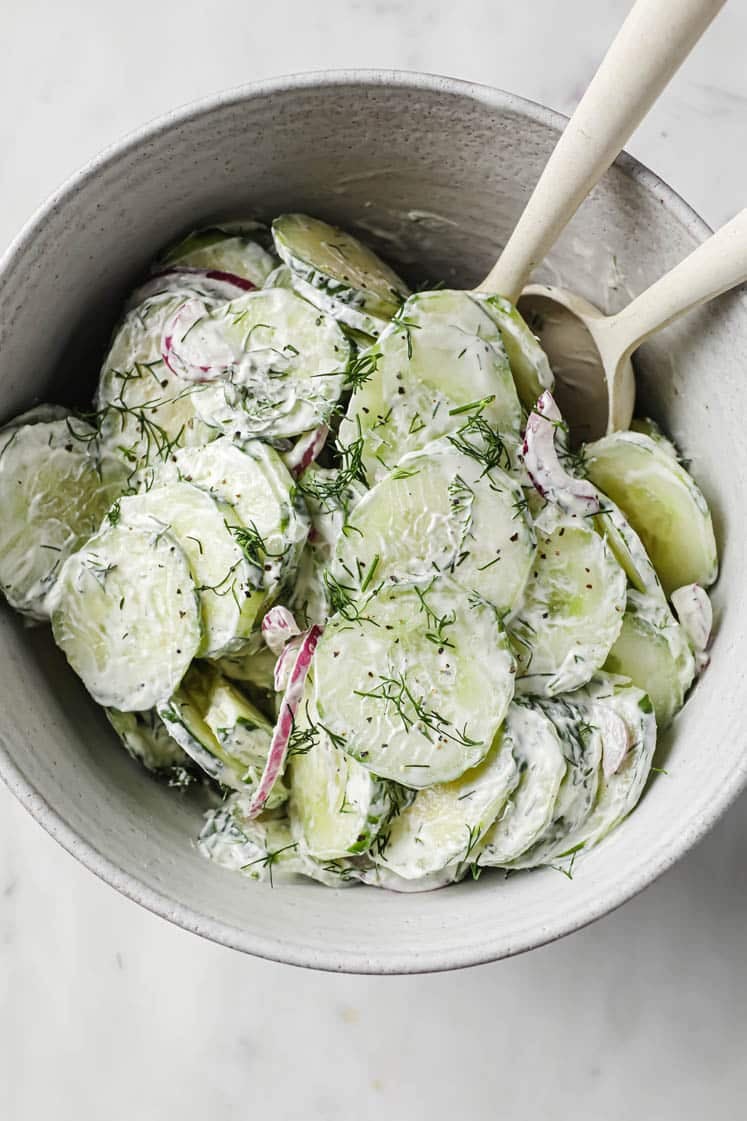









Leave a Reply